Access to fresh fruits and vegetables in your small kitchen garden implies protection from many serious diseases. We do not know the source of food we are eating, from what tracks it has been coming, or if it is even real. To overcome such doubts, it would be fabulous if you tried starting a kitchen garden. Having a nice kitchen garden, you can get farm-fresh edible items. If you are reading this term for the first time or if you are a person who wants to start kitchen garden at home, this blog is for you. Keep reading till the end!
What is Kitchen Garden?
As the name suggests, the kitchen garden is the area of land set aside in the home dedicated to growing vegetables, herbs, and fruit that the family regularly uses in the kitchen. A French doctor gave the concept of kitchen and gardening in the 16th century in his book.
Why Do You Need a Kitchen Garden?
With the kitchen garden, you can grow some herbs, greens, and vegetables, giving you a unique perspective on growing food. You will only be required to spend a few minutes or hours each week taking care of the kitchen garden.
Gardening in a kitchen garden allows for a better quality of life. It is not gardening to live or even living to garden; instead, it will enable you to garden to live a better quality of life. You can turn growing a kitchen garden into a normal part of your daily or weekly routine even if you already lead a busy lifestyle.
How to start Kitchen Gardening?
Once you are familiar with the terms kitchen and gardening, now is the time you shift your focus to how to start a kitchen garden as a beginner. Let’s have a look at some of the things that you must consider while starting a kitchen garden.
Make a modest start
Trying to start can be challenging, so it’s best to start small. Maintaining a large vegetable garden may seem daunting if you don’t have a lot of time. However, you might be pleasantly surprised by how much you can grow in a limited space. In addition, we recommend vegetable gardening for beginners, like salad crops, spring onions, and beets, which aren’t susceptible to many pests and diseases.
Likewise, plants grown in containers produce just as well if given the right nutrients and compost. Growing herbs and salads in regular house plant pots, while large planters can grow carrots, potatoes, pumpkins, and courgettes.
Choose the right soil
When it comes to achieving the best results in your garden, you must provide the highest quality soil. Expansive and well-draining soil is distinguished by its appearance and ability to retain water.
The good news is that whether the texture of the soil is fine or coarse, it will improve over time as organic matter is introduced. Take sandy soils, for instance. They’re made of large soil particles, so water and nutrients quickly run through gaps. It helps sand particles fill in the spaces between them, which helps retain moisture and nutrients for plants. Organic matter is typically compost.
A lot of organic matter is also present in clay soils. Many tiny and densely packed particles in the soil allow moisture to accumulate and root growth stunt. There is a long list of benefits compost provides to plants, including the ability for water to drain easier and for roots to receive oxygen when needed the most. Send a soil sample to a state-certified soil lab if you aren’t sure what type of soil you have.
Water correctly
Plants can suffer from thirst if their water is not provided properly. A good way to water your plants is to do it twice a day. It would help if you first watered your plants in the morning to moisten the soil, followed by drowning them in the afternoon to reinvigorate them. There is a process called shrinking of the soil during the drying process, and plants step up from the outside of the pot as the soil dries out. If you water your plants only once, the water will run down the pot and will not get absorbed into the roots of the plant. This will produce an unhealthy plant. It is also possible to use self-watering pots. They need to be kept dry.
Let’s grow!
Now is the time, and everyone can get involved, whether they want to grow herbs in a pot or plant fruit and vegetables in raised beds.
Vegetables To Grow
Although there are many options for planting, when starting a kitchen garden, you need to be specific. Following are some of the easy-growing vegetables you can have in your kitchen garden.
- Lettuce
- Sweet potatoes
- Herbs
- Mustard Greens
- Spinach
- Bell pepper
- Peas
- Cherry tomatoes
- Cucumbers
Growing fresh ingredients in your kitchen garden is half the equation; the other is cooking them to perfection. For dishes paired with rice, ensure optimal taste and health with a rice cooker that’s “non-toxic“. Such a match ensures every meal is a testament to your garden’s bounty.
Tips When Starting A Kitchen Garden For Beginners
- You should pick plants that grow quickly.
- Choose plants that produce a lot of produce. If you pick plants that grow quickly, you will likely be motivated to continue.
- Pick crops you don’t have to worry about a lot and have a lower probability of being infected by pests.
- Ensure that you grow crops that can yield multiple harvests to lengthen the growing season.
- Apart from being able to harvest herbs regularly, growing your own is a nice way to save money on buying herbal products at the store.
- With cut-and-come varieties, you can grow the best and easiest kinds of greens, such as spinach.
Bottom Line
Until now, you have been taught how to start a kitchen garden as a beginner and how you can start kitchen garden at home. However, if you keep in mind all the points mentioned above, you will successfully make your kitchen and gardening easy. Keep following us to know more about kitchen and gardening tips.

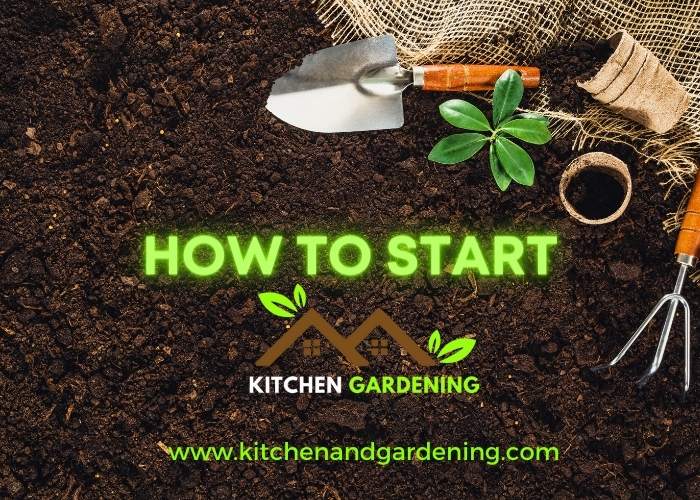
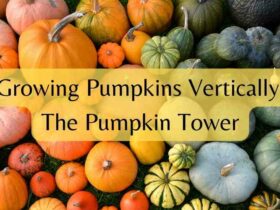
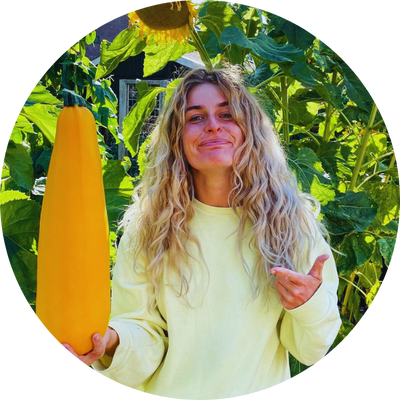







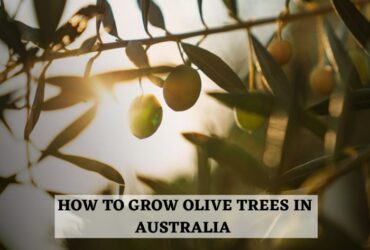

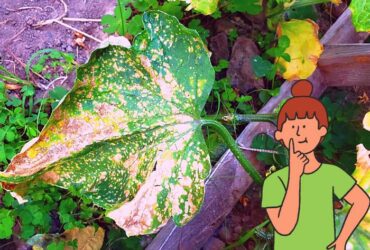
Leave a Reply